African tribal statues of the Dogon can be the object of community cults, particularly when they commemorate significant events such as the founding of the village. Sometimes, these statues represent the nyama of the deceased ancestor and are placed on altars dedicated to the ancestors, thus participating in various rituals, including those related to seeds and harvests. However, their functions remain largely mysterious. The figures with raised arms primarily symbolized a prayer addressed to Amma, the creator god, to grant rain, essential to life. They could also express a gesture of contrition following the transgression of a law that caused a drought. Since the 10th century, the southern part of the plateau overlooking the Bandiagara cliff has been occupied by the Tellem and the Niongom. It was not until the 15th century that the Dogon, fleeing the Mandé, took their place. The Tellem became the ancestors of the Kurumba, a population of Burkina Faso.
Piece accompanied by its certificate of authenticity.
PS: what does the certificate of authenticity consist of? https://www.galerie-art-africain.com/faq.aspx?qid=8
PLEASE NOTE: THE TRANSPORTATION PRICE INCLUDES LOSS, THEFT, AND BREAKAGE INSURANCE.


















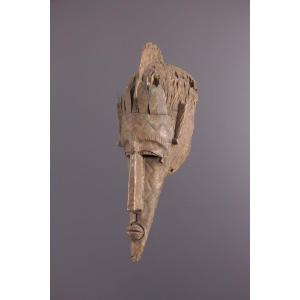

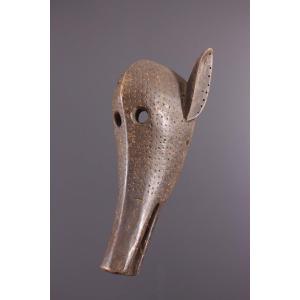


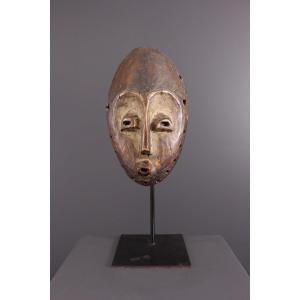


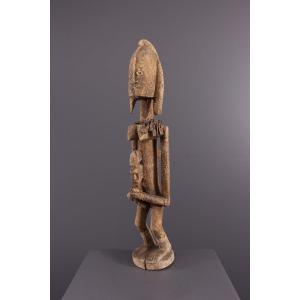







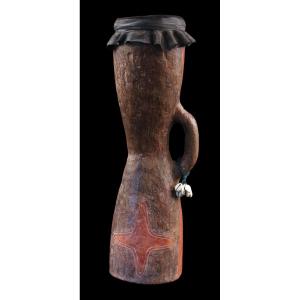

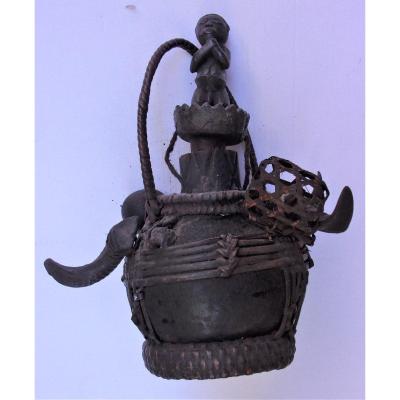



 Le Magazine de PROANTIC
Le Magazine de PROANTIC TRÉSORS Magazine
TRÉSORS Magazine Rivista Artiquariato
Rivista Artiquariato